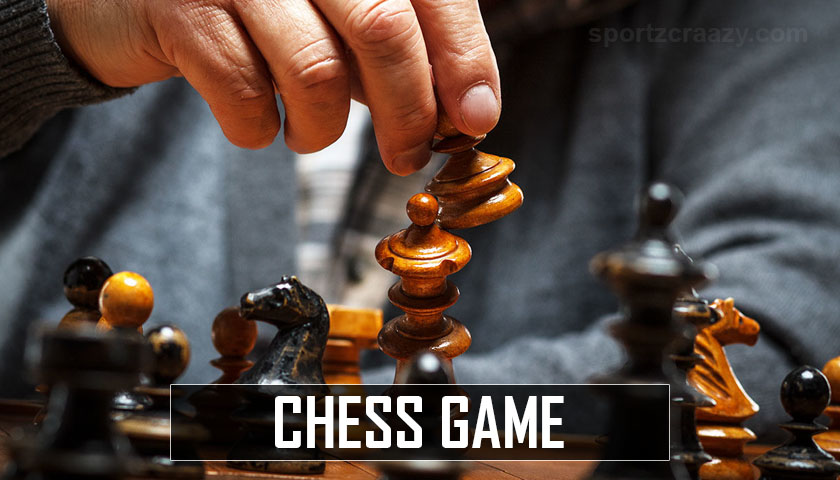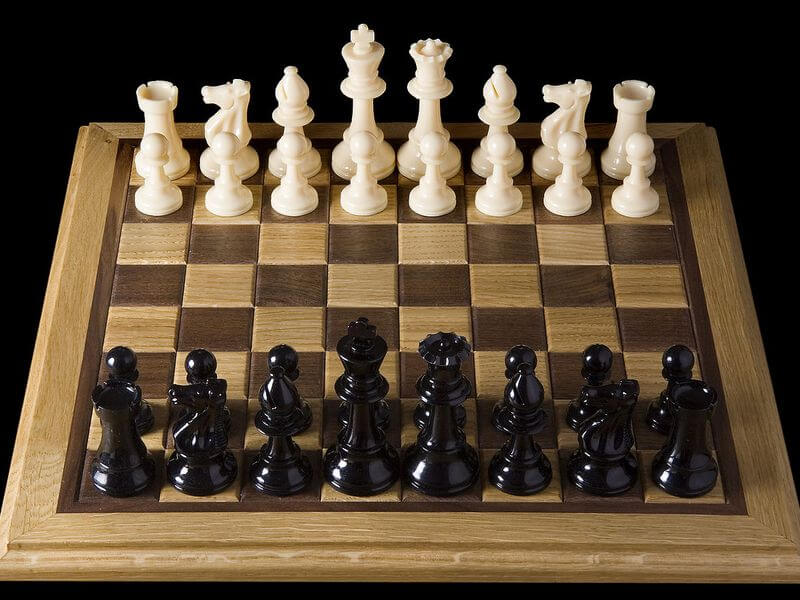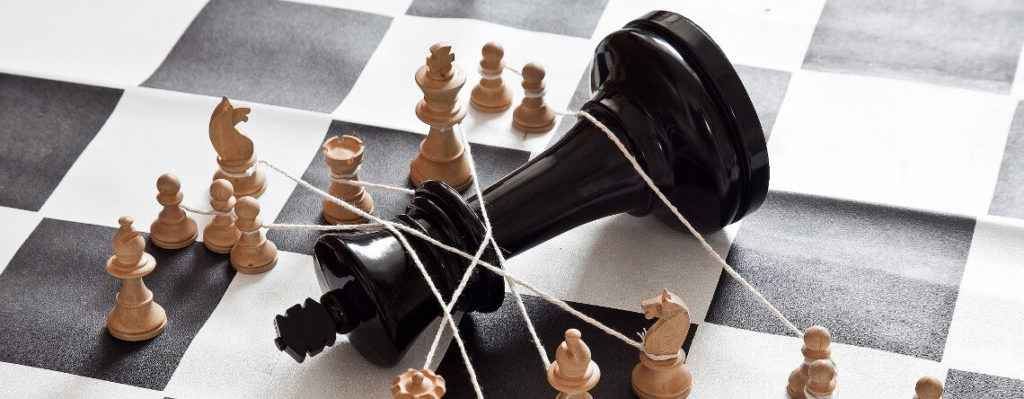Chess is one of the most challenging games played around the world. Unlike most of the other games played today by millions around the world, chess has a history that spans millennia. There is no doubt that chess the king of board games.
Chess Game & it’s History
Chess is a board game of two players which was originated in India during Gupta Empire around 6th century AD, known as Chaturanga which literally means four limbs but in poems, it denotes the four parts of the army – the elephant, the horse, the chariot, and the foot soldiers. The game was, mainly a battle simulation game which shows the Indian military status of the time. Later the game migrated to Persia where the name changes to Chatrang, it became a part of the princely and courtly education of Persian nobility. From Persia, it entered into the Islamic world and the name again changed into Shatranj (which was played on an 8×8 board and featured 16 pieces on each side), which was known as Ajedrez in Spain, and Zatrikion in Greek. From its ancient origins, it has evolved to appeal to modern players of all ages. While chess has changed a lot since its invention, the basis of the game remained the same. Along with the time the chessboard and its pieces have also gone through various changes which are accepted widely.
The board is basically a black and white checkered board and some pieces of similar black and white colour. The board consists of 64 checks in total, 8 rows, and 8 columns. The board is laid in such a way that a black square is laid in the lower-left corner. Usually, the player playing with the white pieces starts the game.
The player moves the first piece by following the rules for the movement of the piece, there is one special case (name castling) in which the player can move two pieces simultaneously. A player can take a piece of the opponent by moving one of his own pieces to the square that contains the piece of an opponent, then the opponent’s piece is removed from the board and is out of the game throughout the game.
The Arrangements of the Pieces are given accordingly:
The second and the seventh row consist of the white pawns and black pawns respectively. There are eight pawns of each black and white colour. At first row from left to right the placements of the pieces are – the rook, the knight, the bishop, the queen, the king, the bishop, the knight, and the rook. The queen starts of squares of their own colour.
Movement of the Pieces:
The Rook– It moves in a straight line, horizontally or vertically. It does not jump over pieces; all squares where the rook start its move or ends its move must be empty. When the square where the rook ends its move contains a piece of the opponent, then the piece is removed from the game.
The Knight– The knight moves in a very different way from the other pieces, it takes the first step in a horizontal or vertical direction and then one step diagonal in an outward direction. The knight can make a jump over other pieces in its movement. So the player with white pieces can start the game with a knight.
The Bishop– It does not jump over another piece rather it moves diagonally on the board.
The Queen– It has combined moves of the rook and the bishop. A queen can move in all the direction such as horizontally, vertically, diagonally.
The King– It moves one square in any direction i.e. diagonally, vertically, horizontally. There is a special type of move where the king and the rook move simultaneously, called castling. It is the most important piece of the game so the moves should be made carefully.
The Pawn– When the pawn does not make a move at all i.e. it is still in the second row then it moves a step forward for the first time. The pawn moves differently regarding whether it moves to an empty square or takes a piece of the opponent.
Check, Mate, and Stalemate:
When the king of a player can be taken by a piece of an opponent, one says that the king is in check. It means that the opponent player king is in danger and the other player may take the king in the next move. It is considered good manners to say check when one checks ones opponent. When a player cannot make a legal move but he is not in check, then the player is said to be stalemated (in such case the game is said to draw).
Interesting Facts about Chess
Some interesting facts about chess are:
- The longest chess game theoretically possible is 5,949 moves.
- The word checkmate comes from the Persian phrase “Shah-Mat”, which means the king is dead.
- The no. of possibilities of a knight’s tour is over 122 million.
- From the starting position, there are 8 different ways to mate in two moves, and 355 different ways to mate in three moves.
- The first chessboard with alternating light and dark colour squares appeared in Europe in 1090.
- The folding chessboard was originally invented in 1125 by a chess-playing The folding chessboard looks like two books lying together.
- There are well over 1,000 different openings, including variations within larger openings and defenses that one can learn.
- Chess is the most effective game which can help to improve memory function.
- The second book ever printed in the English language was about chess.
- Initially, the queen could only move one square at a time, diagonally. Later she could move two squares at a time.
- There is a rule of resigning and draw proposal in the game in which the player can resign the game which means he has lost the game and the other player has won. After making a move a player can propose a draw which the opponent may or may not accept it.
Also Check :












